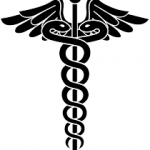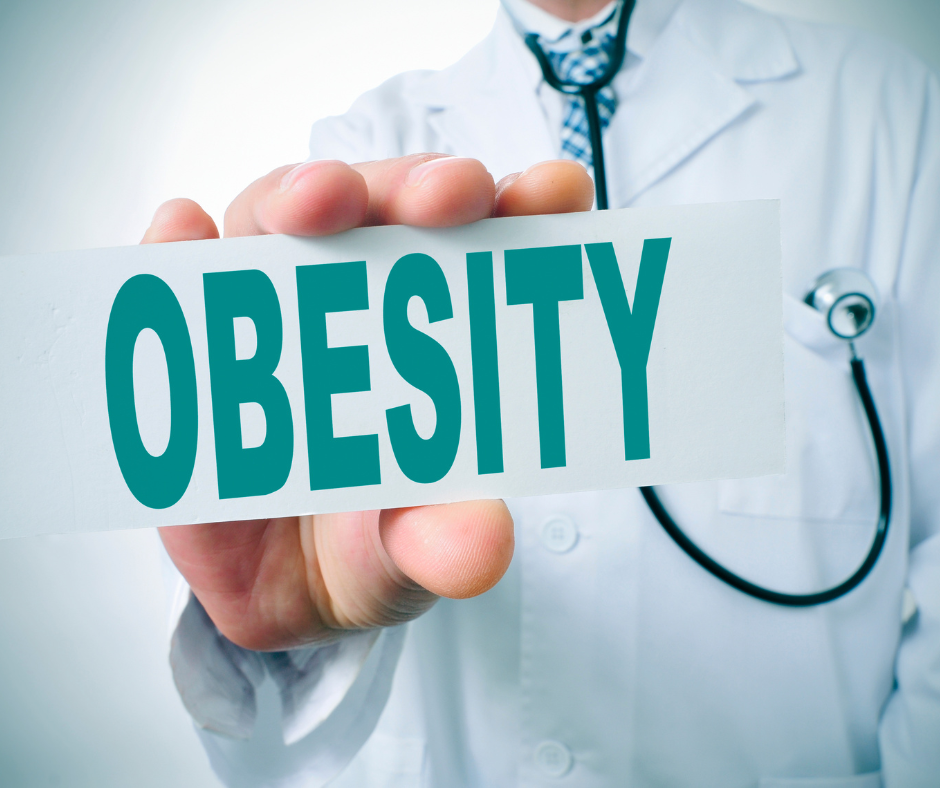In recent years, there has been growing concern about the increasing rates of obesity among teenagers. Obesity not only affects physical health but also poses significant risks to mental well-being. As a result, researchers and healthcare professionals are continuously exploring various treatment options, including dietary interventions, to address this pressing issue. One such intervention that has gained attention is the use of very low-calorie diets (VLEDs) in adolescents with obesity.
What are Very Low-Calorie Diets (VLEDs)?
Very low-calorie diets (VLEDs) are dietary plans that involve drastically reducing calorie intake, typically to 800 calories or less per day. These diets often incorporate meal replacements, such as shakes, soups, or bars, to ensure essential nutrient requirements are met while minimizing calorie intake. VLEDs are designed to induce rapid weight loss by creating a significant calorie deficit.
The Safety Concerns Surrounding VLEDs
While VLEDs have shown promise in promoting rapid weight loss, concerns have been raised regarding their safety, particularly when implemented in adolescents. Critics argue that such restrictive diets may lead to nutrient deficiencies, stunted growth, and adverse effects on overall health. Additionally, the potential psychological impact of extreme dieting on young individuals cannot be overlooked.
New Research on the Safety and Acceptability of VLEDs in Teenagers
A recent study presented at the European Congress on Obesity (ECO 2024) sheds light on the safety and acceptability of VLEDs in teenagers with obesity. Led by Dr. Megan Gow and her colleagues from Children’s Hospital Westmead Clinical School, The University of Sydney, the study aimed to evaluate the short-term effects of VLEDs on adolescents’ health and well-being.
Key Findings from the Study
During the four-week intervention period, participants followed a nutritionally balanced VLED, consuming 800 calories per day from meal replacement products and low-carbohydrate vegetables. They were closely monitored by a dietitian to ensure proper support and supervision.
Safety Measures and Side-Effects
Throughout the intervention, participants experienced various side-effects commonly associated with VLEDs, including hunger, fatigue, headache, irritability, and gastrointestinal discomfort. Despite these challenges, the majority of adolescents completed the VLED, indicating a certain level of acceptability.
Weight Loss and Adherence
On average, participants lost 5.5 kilograms (12 pounds) over the four-week period, demonstrating the effectiveness of VLEDs in promoting weight loss. Interestingly, the study found a correlation between experiencing more side-effects initially and greater weight loss, suggesting increased adherence to the VLED.
Acceptability and Liked Aspects
Despite the challenges posed by the VLED, many adolescents found the intervention to be acceptable. Factors such as the structured nature of the diet and the prospect of weight loss were among the most-liked aspects. However, taste preferences and the restrictive nature of the diet were cited as areas of dissatisfaction.
Implications of the Study
The findings of this study have significant implications for the treatment of adolescent obesity. While VLEDs may offer a viable option for short-term weight loss in teenagers with obesity, further research is needed to address safety concerns and identify individuals best suited for this approach. Healthcare professionals should consider VLEDs as part of a comprehensive treatment plan for adolescents with severe obesity, emphasizing the importance of careful monitoring and support.
Conclusion
In conclusion, the study provides valuable insights into the safety and acceptability of very low-calorie diets in teenagers with obesity. While VLEDs may present challenges and side-effects, they offer a potential solution for adolescents struggling with obesity. Moving forward, it is essential to conduct more research and develop guidelines to ensure the safe and effective use of VLEDs in this vulnerable population.
(FAQs)
Are very low-calorie diets suitable for all teenagers with obesity?
While VLEDs may be effective for some adolescents, they may not be suitable for everyone.
What are the potential side-effects of very low-calorie diets?
Common side-effects of VLEDs include hunger, fatigue, headache, gastrointestinal discomfort, and mood changes.
How long should teenagers follow a very low-calorie diet?
VLEDs are typically recommended for short-term use under close supervision. Adolescents should transition to a balanced diet under the guidance of a healthcare professional once weight loss goals are achieved.
Are there any alternatives to very low-calorie diets for teenagers with obesity?
Yes, there are various alternatives, including traditional diet and exercise programs, behavioral therapy, and, in some cases, medication or bariatric surgery. The most suitable approach depends on individual needs and circumstances.
What should teenagers do if they are interested in trying a very low-calorie diet?
Adolescents considering a VLED should consult with their family doctor or a registered dietitian to discuss the potential risks and benefits. A comprehensive evaluation and personalized approach are crucial for safe and effective weight management.




